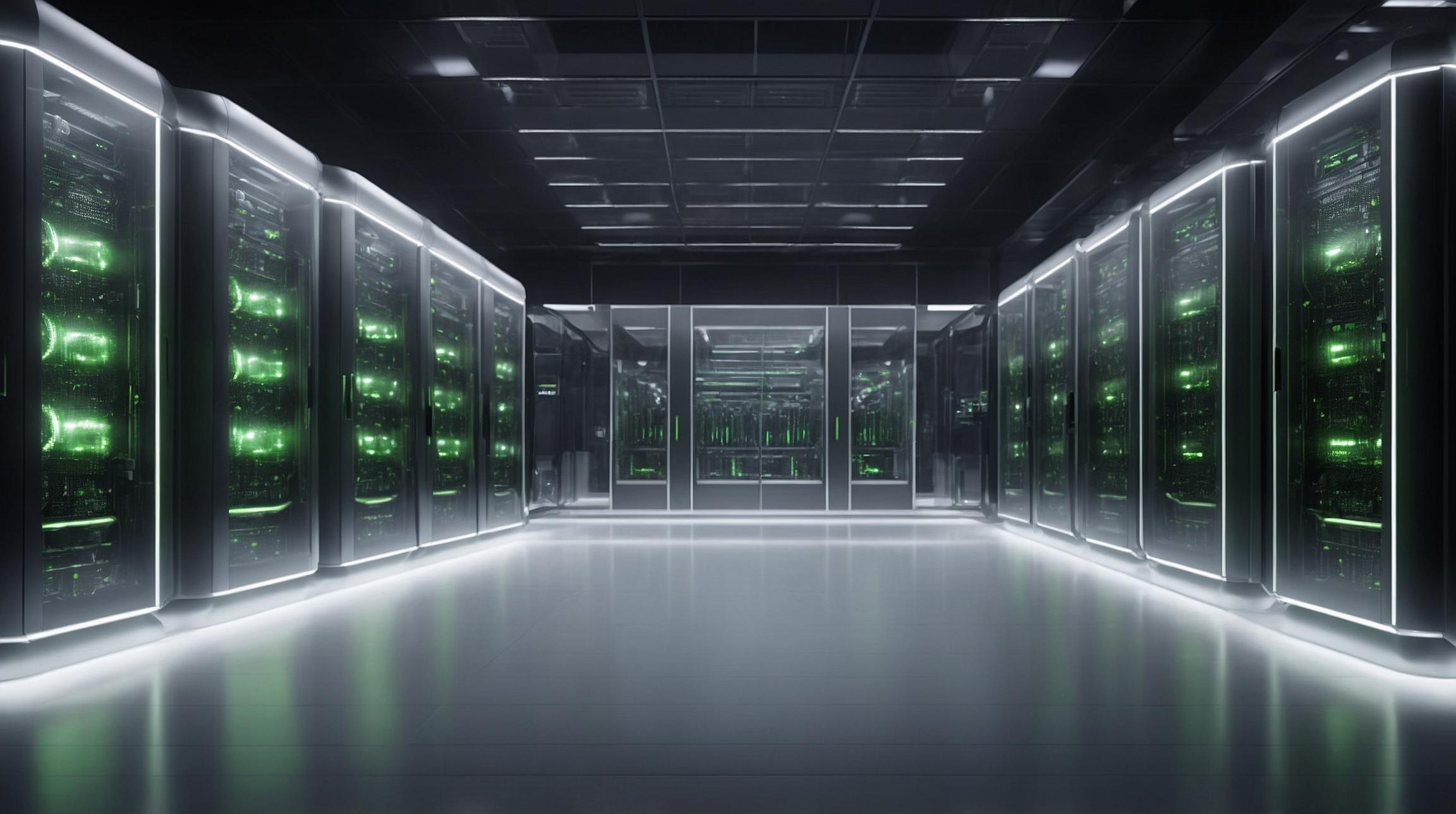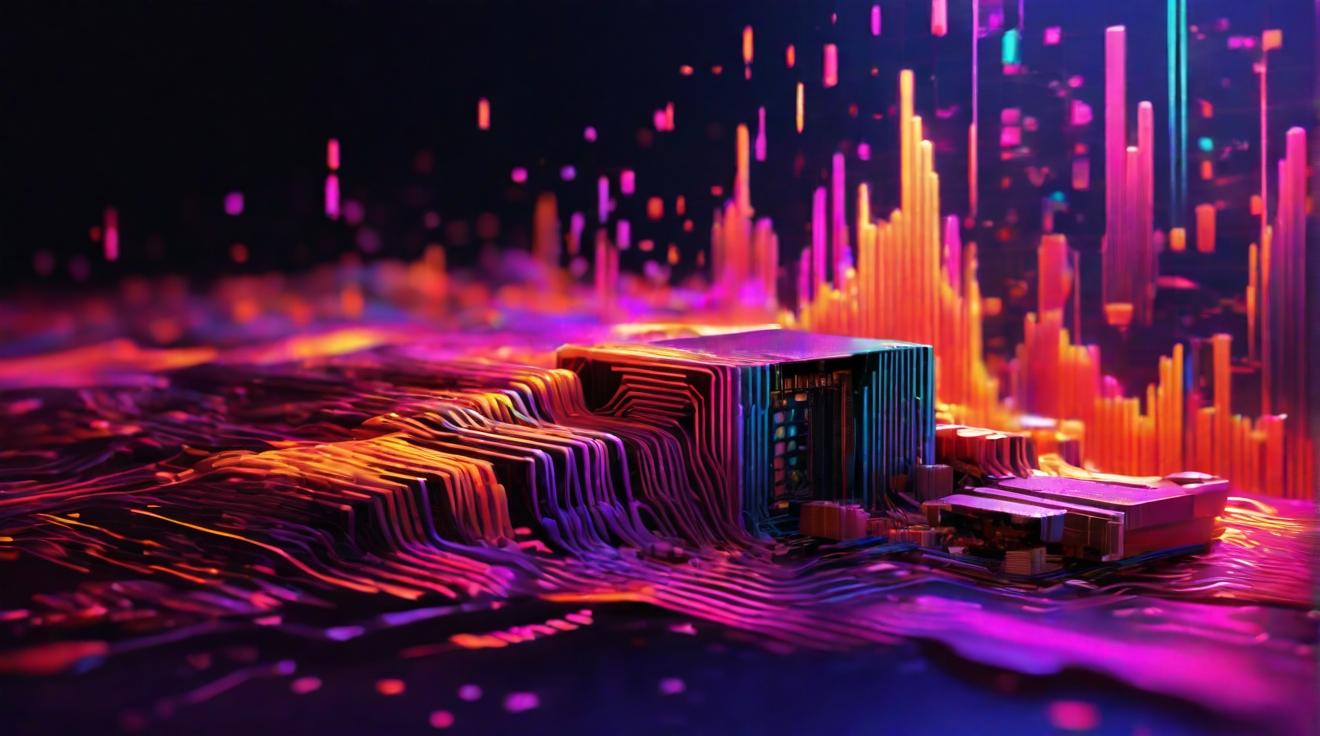Nvidia's Vision for Efficient AI Expansion
The rise of artificial intelligence (AI) is not slowing down, but there are exciting developments in making it more energy-efficient, according to Nvidia, a leading US chipmaker. Nvidia dominates the global AI chips market with more than 80% share, largely due to its graphic processing units (GPUs). Originally designed for video game visuals, these chips are now key in training AI models, catapulting Nvidia's value above giants like Google and Amazon (TechCrunch).
Massive Efficiency Gains
Nvidia has made astonishing progress in making its AI platforms energy-efficient. According to Dion Harris, head of data center product marketing, the efficiency of certain AI tasks has increased by 100,000 times in the last decade. This is mainly achieved through optimization in accelerated computing, which uses specialized hardware to perform tasks more efficiently than general CPUs (Wired).
Moore's Law and Accelerated Computing
Chips are built from silicon and consist of multiple components, like transistors, the basic units of modern electronics. Historically, the industry has doubled the number of transistors on a chip every two years, known as Moore's law. However, recent years have shown challenges in continuing this trend. Now, innovations in accelerated computing and data processing units are leading the way for efficiency (IEEE Spectrum).
Coordination Beyond Chips
Efficient AI requires large-scale data center coordination. It’s not just about individual chips anymore but orchestrating entire systems to maximize performance. This includes advanced networking solutions and innovative infrastructure changes like liquid cooling instead of traditional air cooling. Such advancements help reduce energy consumption while increasing performance density (Data Center Knowledge).
Software and Precision
Software plays a crucial role in efficiency. Using lower precision algorithms allows faster calculations, crucial for AI tasks. While AI typically uses lower precision, further reductions can double energy efficiency without sacrificing accuracy (Ars Technica).
Strategic Data Center Siting
Location matters for data centers, especially for energy-hungry AI tasks like training. Placing these centers in areas with abundant renewable energy minimizes environmental impact and sidesteps issues like grid connection delays in crowded areas. This creative siting strategy is being explored globally (Bloomberg).
Looking Ahead
The focus is shifting from merely packing more transistors onto chips to improving overall data center efficiency. Nvidia's advancements in AI and accelerated computing are setting new standards that surpass Moore’s law. There's a promising future as the industry addresses energy consumption and CO2 emissions, aiming for sustainable growth (Forbes).













